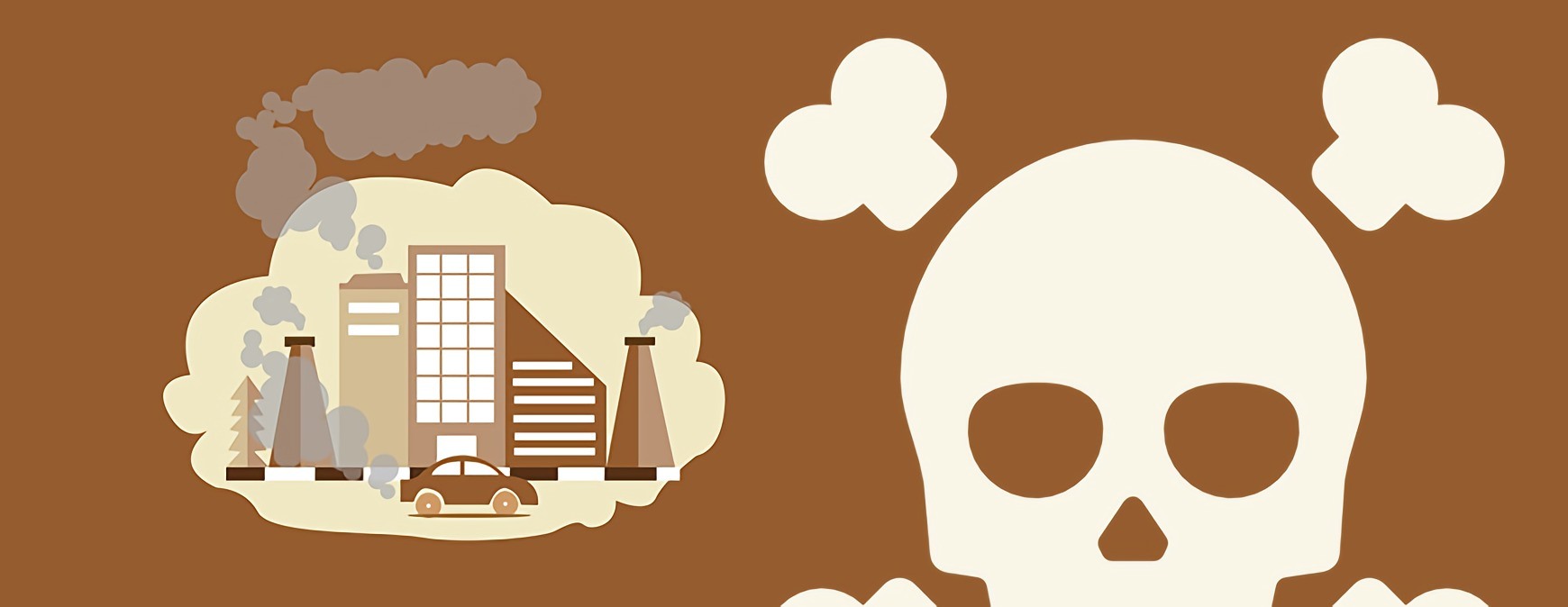
Carbon Monoxide (CO) kills nearly 500 people every year, leaves thousands hospitalized and is the leading cause of unintentional poisoning in the United States. Fortunately, many HVAC technicians learn about carbon monoxide detection during their initial technical training and can also seek additional certification on the subject. Following are some of the common techniques HVAC techs use to ensure customers’ HVAC units are safe.
Use a CO Monitor
There are various telltale signs that an HVAC technician can look for to determine if the unit is emitting unsafe levels of CO in the home. A thorough inspection would entail not only checking for these signs and repairing the damage, but also using a CO monitor to measure levels. To use a CO monitor, one will need to drill a hole in the HVAC flue and insert the probe of an electric combustion analyzer into the flue. In some cases, holes will need to be drilled in the ducts to measure CO levels there as well.
Equipment to Check
As many technicians learn in HVAC school, the older the furnace, the more likely it is to have CO emission problems. However, this does not mean that only older furnaces should be checked. Even brand new equipment can emit carbon monoxide if it is has not been properly transported and/or installed in a customer’s home or office building. There are also instances where the unit is working fine but the duct or venting system is damaged in some way.
An HVAC technician should also consider offering to check not only the HVAC system that he or she is hired to service but also other heating units in the home. Water boilers, furnaces, water heaters, space heaters, gas ovens and gas dryers, can all cause CO poisoning. Checking these for leaks and other forms of damage could save lives.
Signs of Trouble
After using a CO monitor to assess if there are unacceptable levels in the home, an HVAC technician will want to check the entire unit suspected of causing the problem for the following indicators of faulty ventilation:
Get Started on the Path to a New Career
Fill out our form to learn how we can help you change your life.
- Corroded burners, heat exchangers, drafthood and/or flue pipes
- Soot buildup
- Melted wires and/or controls
- Moisture dripping from flues
An HVAC professional should make sure the horizontal vent pipes are angled up slightly as they exit the exterior of the home. It is also important to make sure that any leaky vent pipes are properly patched, as a DIY patch job done by a homeowner who wants to save some may be dangerously ineffective.
Carbon Monoxide Detection Training
During HVAC training at an accredited technical school, an individual will receive safety instruction on many topics, including carbon monoxide detection. After entering the field, if a technician would like to specialize in this area, he or she can obtain a certification in Combustion Performance and Carbon Monoxide Safety from the National Comfort Institute. Obtaining certification in this field will not only enable one to better detect CO problems and fix them but could also lead to profitable employment and work opportunities.
This blog has been labeled as archived as it may no longer contain the most up-to-date data. For a list of all current blog posts, please visit our blog homepage at https://www.rsi.edu/blog/

